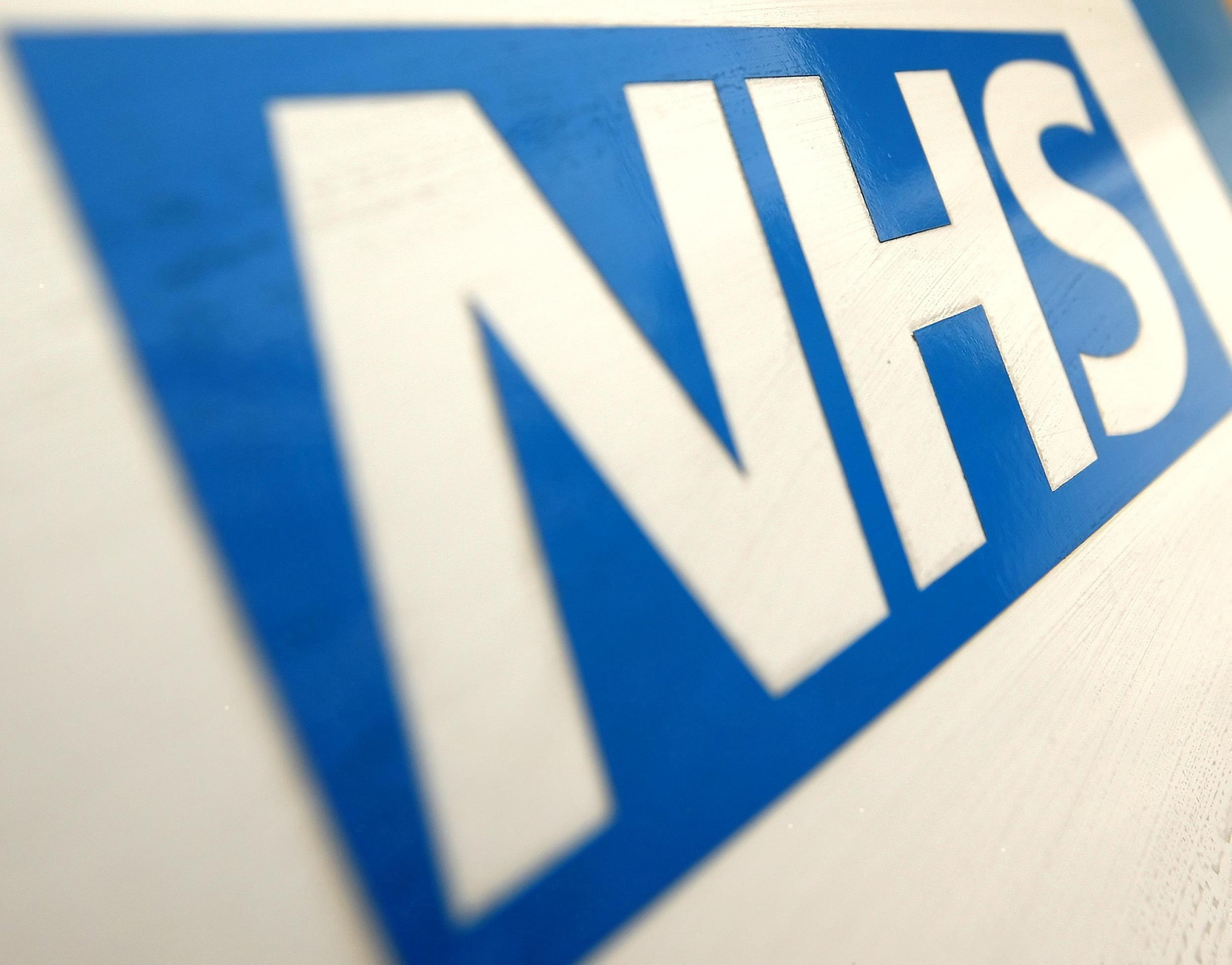
Patients are being put at risk and suffering harm due to the continued failure to hit NHS waiting times targets, MPs say.
A damning report from the Public Accounts Committee (PAC) criticises both the Department of Health and NHS England for the “unacceptable” situation, and the “downward spiral” in the proportion of patients seen.
The NHS Constitution gives patients the right to access services within maximum waiting times, with 92% of patients expected to start treatment within 18 weeks of referral by their GP for planned care such as hip operations.
However, the target was last met in February 2016. The most recent data for March shows just 86.7% of patients were seen within the target and only four out of 10 trusts hit it.
The NHS waiting list has also grown hugely and is up 1.5 million on 2013 to stand at 4.2 million people waiting in March 2019.
On cancer, the target says 85% of patients should start treatment within 62 days of an urgent referral by their GP, but this was last met in December 2015.
In March this year, only 79.7% of patients were treated within the timeframe, and only 42% of trusts met the target.
In their report, MPs said “more and more patients are being let down by the NHS’s continued failure to meet deadlines for waiting times.
“The percentage of patients treated within waiting times standards continues to get worse for both elective (non-urgent care) and cancer treatment.”
Furthermore, MPs said the Department of Health and Social Care “has allowed NHS England to be selective about which standards it focuses on, reducing accountability.”
NHS England also told MPs it has removed sanctions and penalties against NHS trusts for failing to meet waiting times targets.
The report said the national health bodies “lack curiosity” about the impact on patients of longer waits, and how often this leads to patient harm.
“When waiting times are longer, patients may experience additional pain, anxiety and inconvenience,” MPs said.
“There is also a risk that longer waiting times may lead to patient harm through, for example, the deterioration of a medical condition.
“The NHS has a very limited understanding of this issue.”
While individual hospitals may carry out harm reviews due to long waiting times, the data is not collected at a national level, the report went on.
“NHS England is aware that some patients have suffered harm due to long waits and that research on the relationship between patient harm and waiting times is not consistent.”
MPs said national bodies “do not yet fully understand what is driving the demand for elective care” and cannot therefore plan to meet future need.
NHS England is currently reviewing NHS targets and could scrap both the 18-week target and the four-hour A&E target.
PAC chairwoman and Labour MP Meg Hillier said: “It is unacceptable that the proportion of patients being treated within NHS waiting times standards is continuing to spiral downwards; NHS England and the Department of Health and Social Care must regain control.
“The impact on individuals of protracted waiting times cannot be ignored. As one charity told us, the wait for cancer testing is ‘agonising… it is essential that a definitive answer is given as soon as possible, to either provide peace of mind or to allow treatment to begin at the earliest stage’.
“In a high-pressured healthcare environment in which patient numbers are rising and demand is increasing, we were troubled by the Department’s and NHS England’s approach to waiting times which seems to be characterised by gaps in understanding of patient harm, hospital capacity and what is driving demand.”
She said NHS England’s current review of waiting times targets “cannot be an opportunity for standards to slip”.
Nuffield Trust chief executive, Nigel Edwards, said: “It’s no secret that the NHS has been missing most key waiting times targets for years.
“This report warns the impact on patients isn’t being taken seriously enough.
“The strong focus on A&E waiting times has been in danger of obscuring the fact that some patients waiting for planned care are suffering greatly from serious conditions and need help.
“I’m afraid I’m not convinced that just issuing new ultimatums to NHS England will resolve these problems.
“It’s all well and good for different parts of Government to demand things of each other, but without enough staff and beds the NHS won’t be meeting the old or new targets any time soon.”
Jonathan Ashworth, Labour’s shadow health secretary, said: “Cancer services simply aren’t keeping pace with demand, and it’s disgraceful that cancer patients aren’t being seen on time, especially when we know that early diagnosis leads to better treatment and survival.
“This report is a reminder that years of Tory underfunding and understaffing has left patients increasingly anxious and worried for test results, and will be forced to wait longer for vital treatment.”

Enjoy the convenience of having The Sunday Post delivered as a digital ePaper straight to your smartphone, tablet or computer.
Subscribe for only £5.49 a month and enjoy all the benefits of the printed paper as a digital replica.
Subscribe